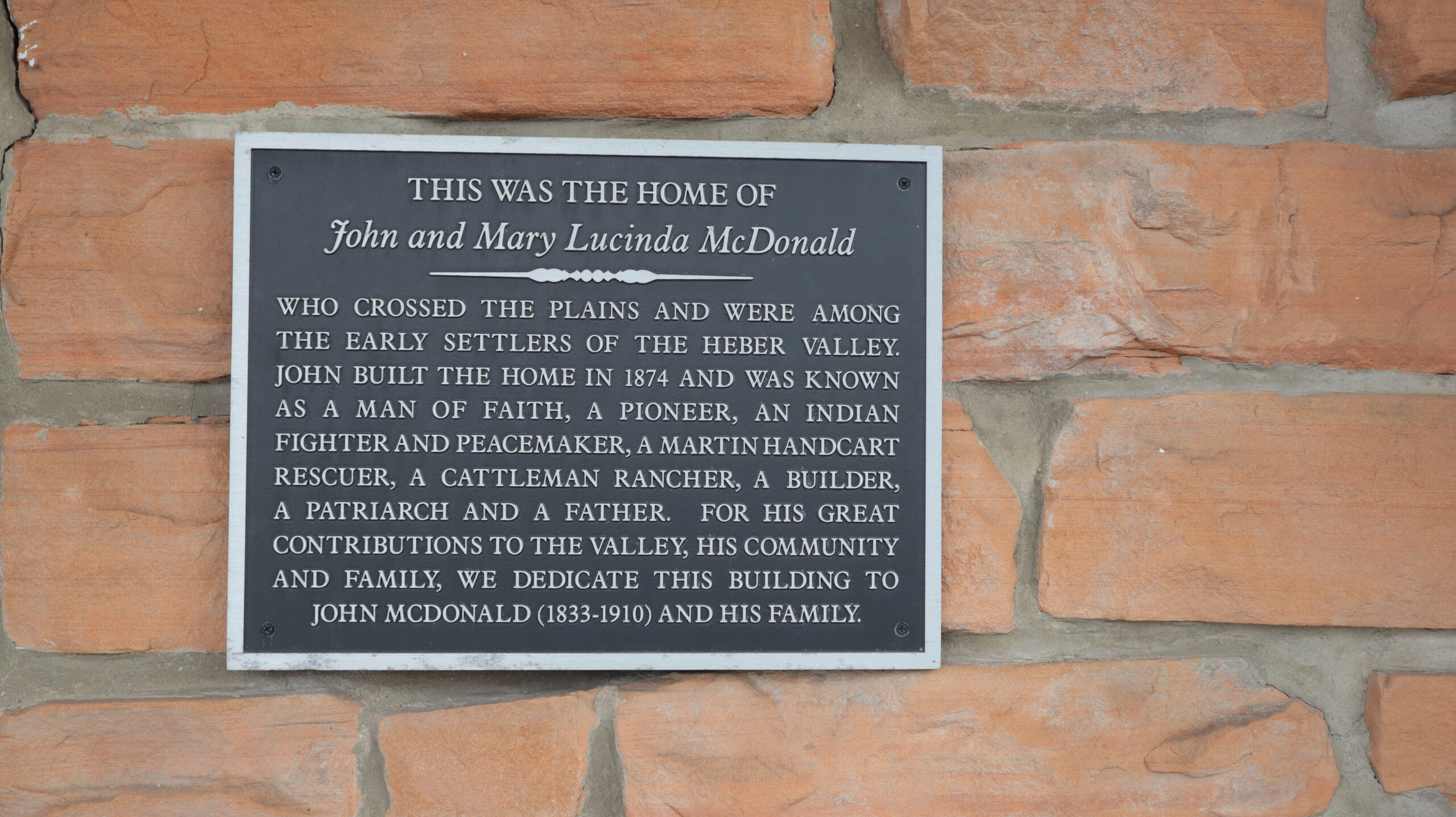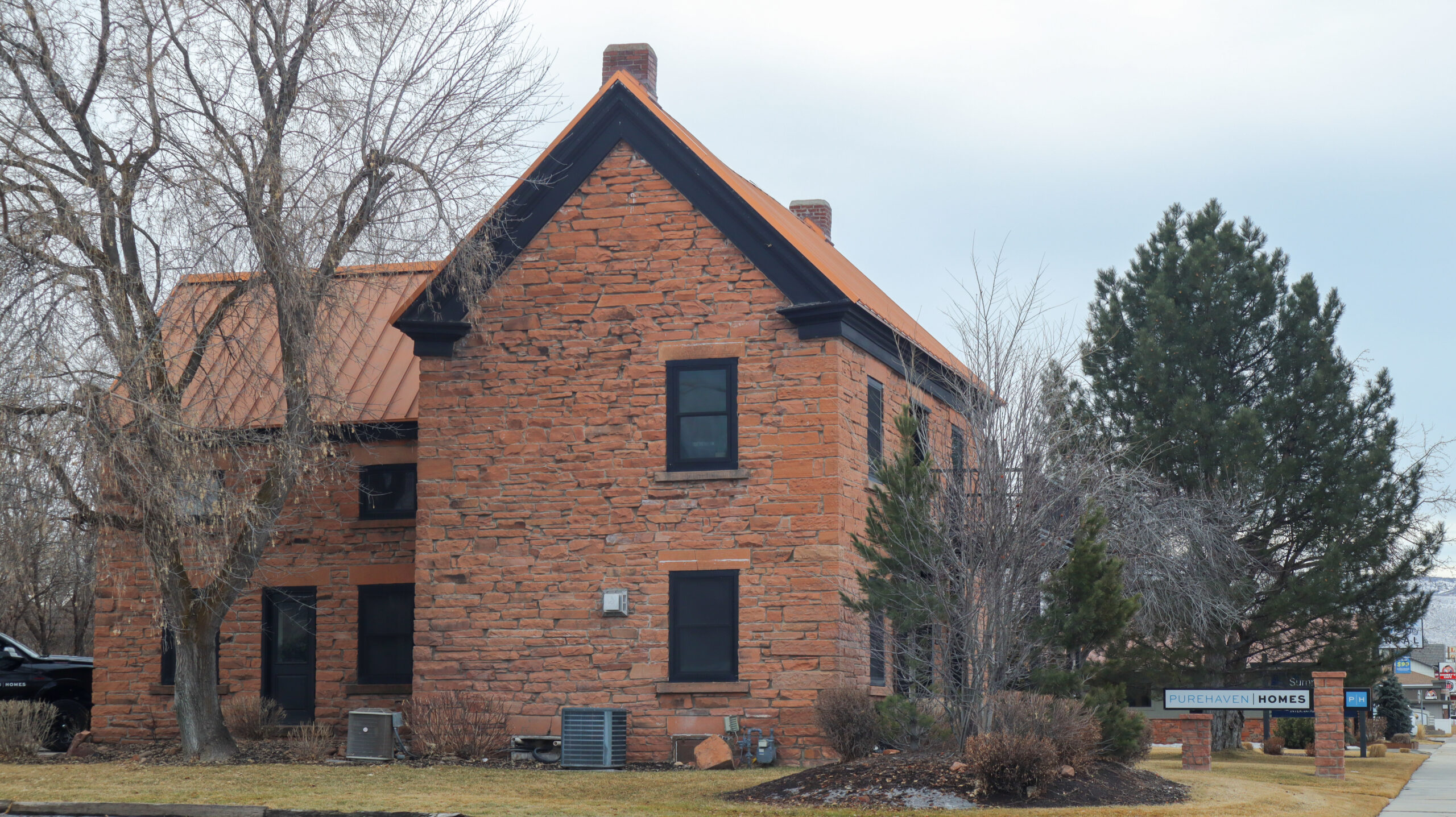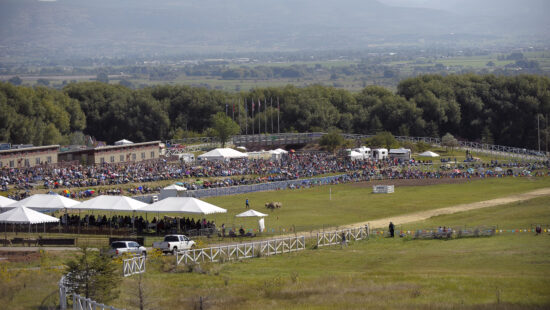History
Historical Home Tours to debut in Heber Valley summer 2025
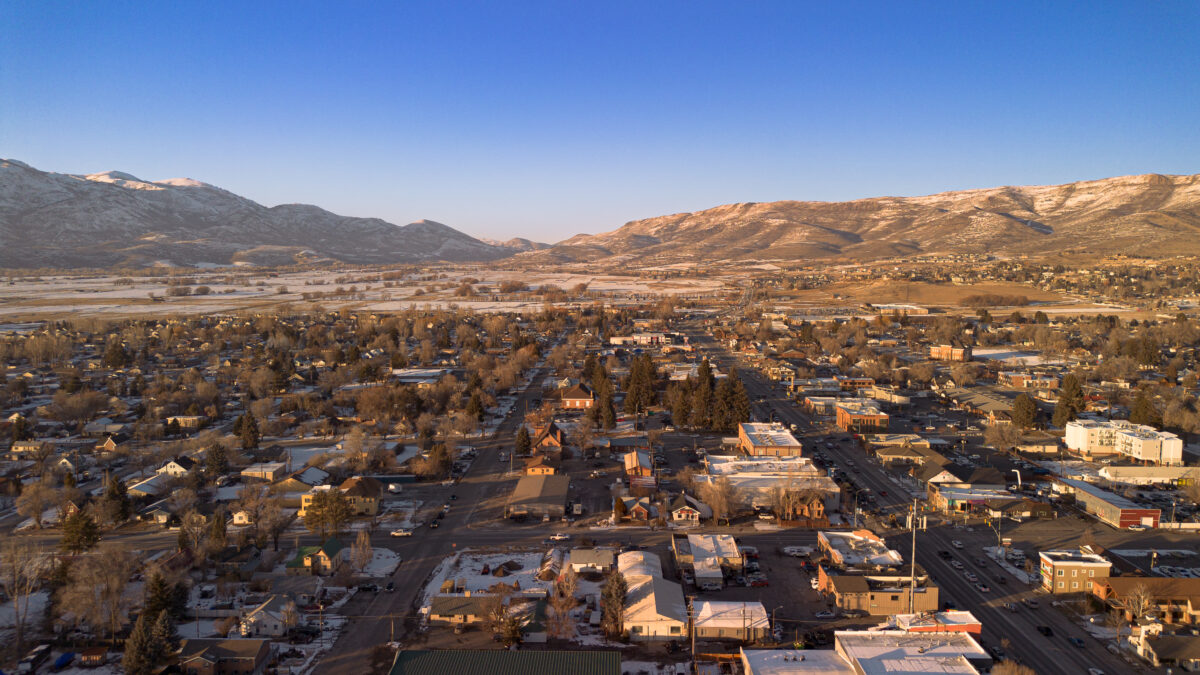
Photo: Eric Ramirez.
HEBER CITY, Utah — History revels in artifact stories. Heber’s are rich and profound. Peace in the Wasatch area between Indigenous Peoples and white settlers simply began here. So how do we present the past meaningfully to Wasatch County’s 21st-century citizens? Motivated by this idea, Rachel Kahler, executive director at the Community Alliance for Main Street (CAMS), presented a Historic Home Tour project in June 2024, which is on track for tours starting in the summer of 2025.
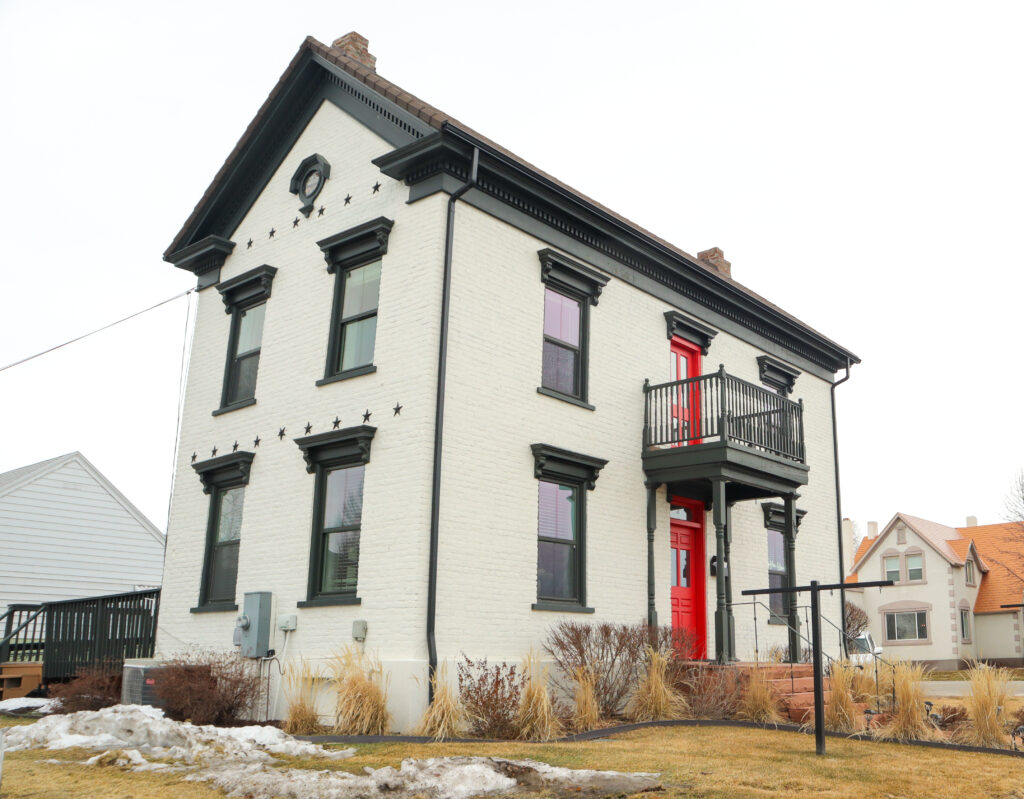
Preservation Utah facilitates tours, whether self-guided or guided by a docent, also known as a historical educator. For example, Salt Lake Valley’s idyllic community of City Creek is historically rich. There, guides lead visitors down memory lane, sharing stories of former residents’ lives and building concepts of the day.
Preservation Utah also facilitates self-guided tours through its website and smartphone app. As planning begins for Heber’s self-guided tour, Rachel says, “They have self-guided tours for Midway, downtown Salt Lake, Sugar House, and Morgan. We are kind of piggybacking on an already established organization to launch this, and then we’ll have paper maps available at Heber’s Chamber building.”
This project was taken on by the Heber Leadership Academy, Rachel explains. “It’s our class project for 2025, so even though I’m the CAMS director, I really brought this to the Heber Leadership Academy as a participant in the class.”
Liz Joerger at Preservation Utah describes the immediate benefit of these tours. “Our Historic Homes Tours allow us to provide historic preservation education to a large number of people. They are offered to the public and provide history about each home, as well as about the architect [if available], neighborhood, and architectural styles.”

Pioneer Past
In Heber, the tour would be focused on some of the oldest homes in the Wasatch Back—the bungalow and red-stone houses, the kind the pioneers built, some without architectural definition, but those that followed elemental needs of frontier life. While Heber was geographically close to Utah Valley settlements and Salt Lake City, back in those days, travel time was limited to how fast a horse could carry someone. That isolation cut off immediate aid or commerce, requiring that homes fit a function as durable shelter rather than an aesthetic, much like John Crook’s original cabin with rifle slots to defend residents against raids.
Utah-based historical architect David Amott says of Utah’s early iconic homes that “a house used to be designed as the jewel of a community. By preserving and restoring them, they represent the best of who we still are.” While many of our oldest homes don’t appear to be iconic in the way Salt Lake Valley’s Kearns Mansion is, they really are historical gems, even memorials.
As historians and citizens engage with the homes, through research or tours, we immerse ourselves in Heber Valley’s rich pioneer history, beginning in 1859. David describes the tours as shining a light on ancestors’ dreams and ambitions and recounting the “ebbs and flows of society.”
Rachel infers that excavating Heber’s past family accounts and informal documentation detailing household members has been challenging. Some homes are well-known by the patriarch’s name, and sometimes identifying everyone else under that roof makes for an additional research crux.
Built on Memory
Many records of Heber’s past don’t have the air of official documentation. However, according to Rachel, there’s a book called How Beautiful Upon the Mountains. “This book was created by gathering personal narratives of families, including the first families that arrived in the Heber Valley. And it really is the history book of Wasatch County,” she adds. Without it, compiling stories to highlight the tour would mean weeks or months of more research for the Leadership Academy members, who have full-time careers but volunteer to make this kind of project happen.
Today’s resources include the Heber Historic Preservation Commission and local scholars who offer expertise so that the information compiled for the historical plaques will be as accurate as possible. Each plaque will tell the home’s history and have a QR code for more information. To preserve homeowners’ privacy, each plaque will be mounted on a public right-of-way versus on the house, as seen in other cities.
While several of the original pioneer homes have disappeared, there’s more than enough to make a compelling tour. Abram Hatch’s home, for example, is a community jewel. Today, known as the Encircle House, it begs the question, “Who built this?”
“He was the first banker and built the 1904 bank block on Center and Main. Hatch was the first merchant…[he] had trade connections with the East Coast. His son, Abram Chase Hatch, became the territorial judge for this area,” Rachel recounts.
Referring to another pioneer home, she found tales of hardship before settling here. “In Latter-day Saint history, the Willie Handcart Company gets caught in an early storm in Wyoming. Many of those in that group starved or froze to death. The Moulton family survived with all eight children and ended up in Heber. They built a little two-bedroom home, because that’s all they could afford. That home still stands.”
As the Leadership Academy wraps up its research and the plaques are made and installed, storytelling will naturally foster advocacy for responsible growth, development, and preservation. When we have a better understanding of who walked before us, where and how they lived, the homes and other buildings they built take on more meaning. With more families arriving to settle in Heber Valley, we have increasing urgency to shed light on the memorials of where we come from and why they make this place so special.

